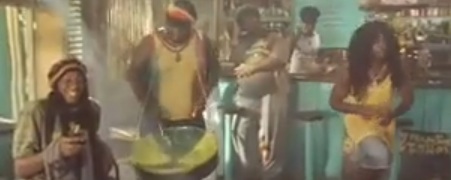
Renée Yoxon sent along a performance by Patina Miller singing Random Black Girl. It’s about how new musicals all just so happen to include a soulful, sassy, big-voiced, big-bottomed black girl in the ensemble (I’m looking at you, Glee).
My favorite part is at 3:45.
—————————
Lisa Wade is a professor of sociology at Occidental College. You can follow her on Twitter and Facebook.







